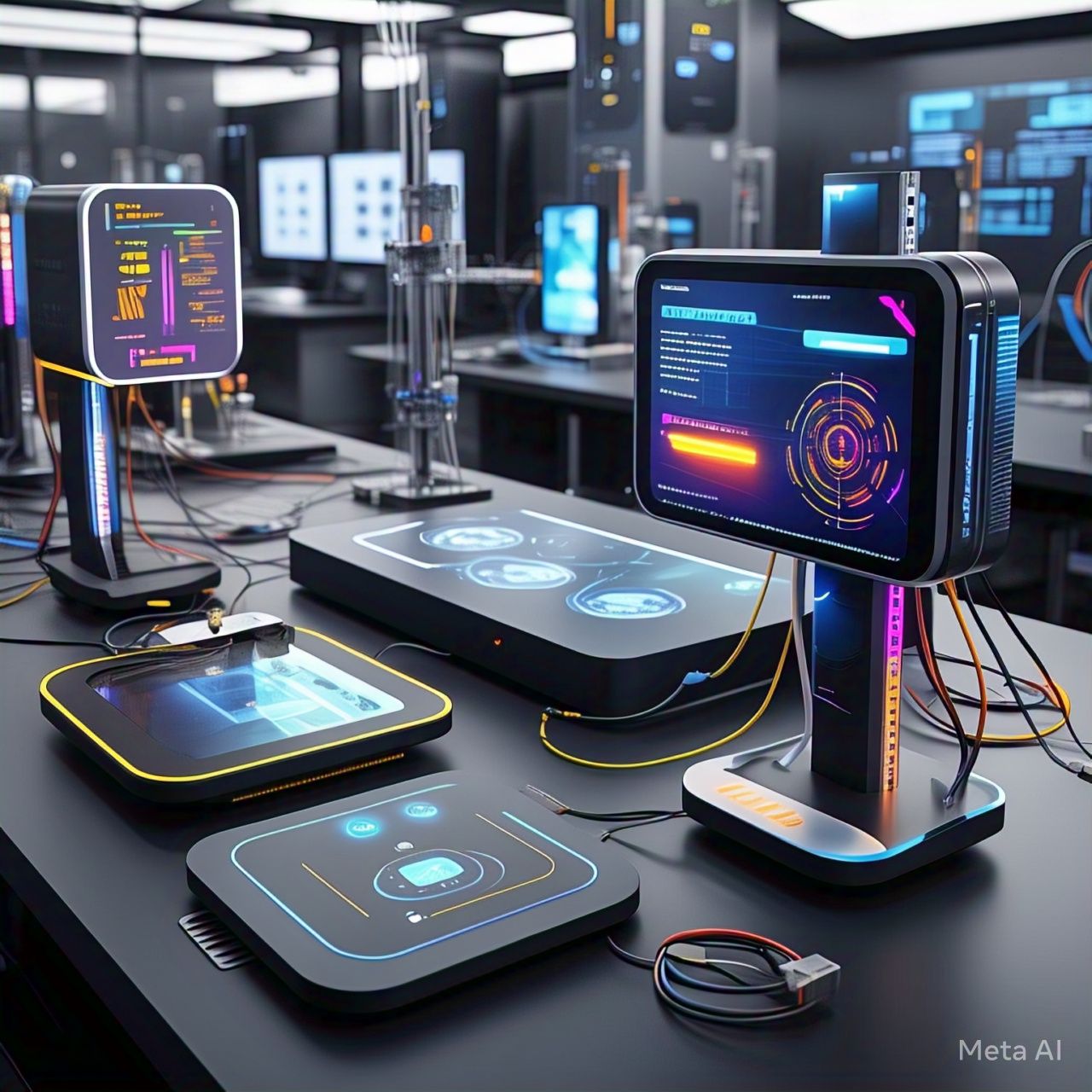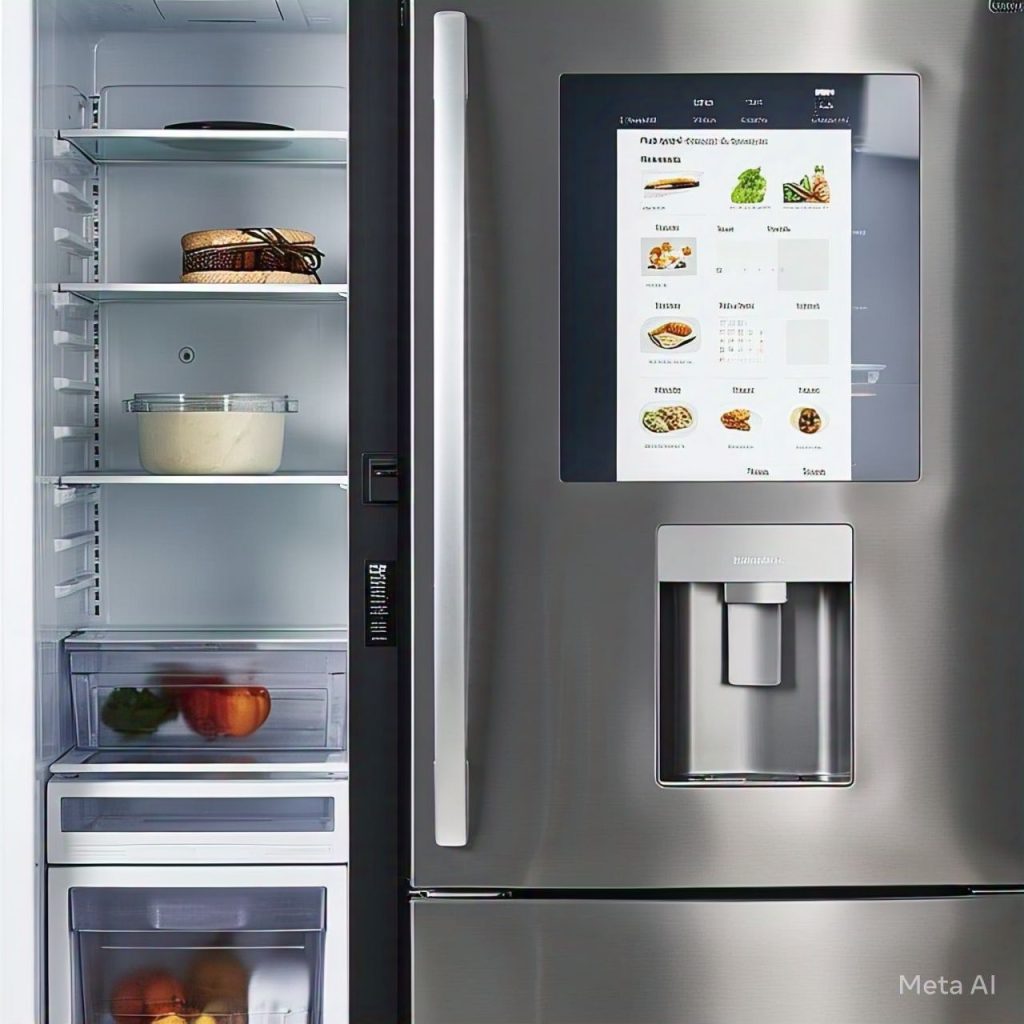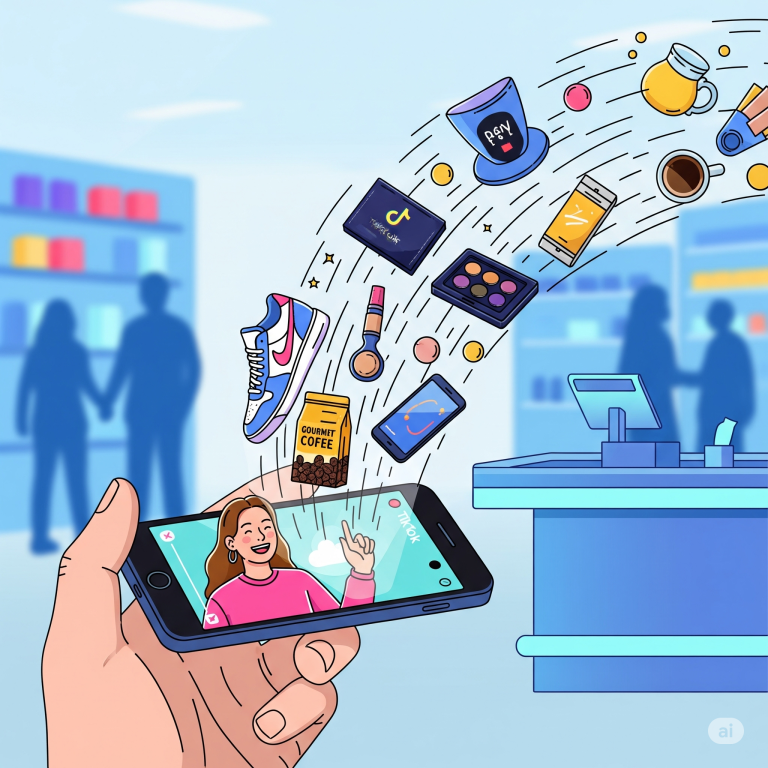
AI Integration
In an age defined by technological leaps, AI integration is transforming how we interact with the world around us. Smart devices—once simple gadgets—are now powerful extensions of our daily lives, blending the physical and digital worlds seamlessly. Artificial intelligence is the invisible force behind this transformation, quietly revolutionizing everything from the smartphones in our pockets to the laptops on our desks and even the homes we live in. The once-futuristic idea of a truly interconnected, intelligent world is now a reality, thanks to the rise of AI in laptops, smartphones, and smart homes.
The digital revolution is not just about faster processors or sleeker designs—it’s about the integration of AI that can predict our needs, optimize our interactions, and create more personalized experiences. Whether it’s a smartphone that knows your habits or a smart home system that adjusts the lighting and temperature based on your preferences, the modern world is one where consumer technology is not just reactive but proactive.
This article explores the rise of AI integration in our everyday devices, delving into the profound impact it has on smart devices, the evolving capabilities of smartphones, the transformation of our living spaces into smart homes, and the ever-more-intelligent AI in laptops.
The Power of Artificial Intelligence in Consumer Technology
At its core, artificial intelligence enables machines to think, learn, and adapt in ways that were once only dreamed of in science fiction. In consumer technology, this means making devices more intuitive and responsive to the needs and preferences of users. From the algorithms that power your smartphone’s predictive text to the AI-driven assistants that can control your home environment, AI integration is reshaping how we interact with technology.
One of the primary factors driving AI integration into everyday gadgets is the increasing demand for personalized experiences. As AI systems learn from user behavior, they become more effective at anticipating needs. For example, smart devices equipped with AI can learn about their users’ habits, preferences, and even their moods, allowing them to adjust settings and recommend actions based on this information.
As consumer technology advances, the boundaries between devices are also blurring. A smartphone may now serve as a controller for your smart home, while AI in laptops enhances productivity by adapting to your working style and offering smart suggestions.
Smartphones: The AI-Powered Personal Assistant
When most people think of smartphones, they envision sleek, high-performance devices that allow them to communicate, work, and entertain themselves on the go. But the real power of these devices lies in the AI integration that powers them. Every time you unlock your phone, ask it a question, or use an app, artificial intelligence is working behind the scenes to deliver a smoother, more efficient experience.
Predictive AI and Smart Features
The integration of AI into smartphones has made them smarter than ever. Thanks to machine learning and neural networks, smartphones can now predict user behavior with a high degree of accuracy. Features like facial recognition, predictive text, and even the device’s ability to suggest apps or actions based on your usage patterns are all powered by AI.
For instance, the voice assistants embedded in smartphones, such as Siri, Google Assistant, or Alexa, rely on sophisticated artificial intelligence to process natural language, recognize speech patterns, and respond intelligently to user commands. These AI-driven assistants learn and adapt over time, becoming more intuitive as they understand the user’s preferences.
Additionally, AI in smartphones has drastically improved photography. Modern smartphones use AI to optimize camera settings based on the environment, facial recognition, and scene detection. This has revolutionized smartphone photography, allowing users to take professional-quality pictures with just a tap of a button.
AI and Battery Management
Another area where AI integration is making a significant impact is battery optimization. Smartphones now use AI algorithms to monitor your usage patterns and adjust the performance of the device to extend battery life. By prioritizing power-hungry apps and reducing the activity of less frequently used ones, AI ensures that your phone lasts longer throughout the day, adapting to your habits and needs.
Laptops: From Workstations to Smart Devices
Laptops have long been the workhorses of the digital world, but the introduction of AI in laptops is elevating them to a new level of intelligence. With the integration of artificial intelligence, modern laptops are no longer just tools for productivity—they are becoming personalized assistants that enhance both work and leisure.
AI for Enhanced Productivity
One of the most exciting applications of AI in laptops is its ability to boost productivity. AI-powered tools like smart assistants, automated email sorting, and task management systems are making it easier than ever to stay organized and focused. For example, AI-powered systems can suggest the best times to schedule meetings based on your calendar and even help write emails by analyzing the tone and content of previous messages.
Moreover, AI in laptops can also optimize your computer’s performance by learning which applications and tasks you use most frequently, ensuring that the device runs at peak efficiency. It can also anticipate your needs, suggesting relevant files or content based on your usage history, helping to streamline your workflow.
Smart Security Features
Security is another area where AI integration in laptops is proving invaluable. AI-powered security systems can detect unusual activity, such as unauthorized logins or suspicious file access, and take action to protect sensitive data. With facial recognition, voice commands, and behavior-based security measures, laptops are becoming increasingly secure and tailored to individual users.
Smart Homes: The AI-Driven Living Environment

One of the most profound changes in the modern world is the rise of smart homes. Thanks to AI integration, homes are becoming more intuitive, efficient, and responsive to the needs of their occupants. Artificial intelligence is enabling smart devices to learn from user preferences, control household functions, and even predict when maintenance is needed.
AI-Powered Home Automation
The integration of AI in smart homes is transforming them into fully automated living spaces. From adjusting the thermostat to controlling lighting and security systems, AI-driven home automation is making it easier than ever to manage every aspect of a household. For example, a smart thermostat can learn your temperature preferences over time and adjust accordingly, ensuring your home is always at the optimal temperature without needing constant manual input.
Similarly, smart devices in the home, like lights, speakers, and appliances, are now connected and can communicate with each other through a central AI-powered system. This interconnectedness allows for a seamless experience, where everything from your refrigerator to your entertainment system works together in harmony.
AI in Smart Home Security
Security is one of the most critical aspects of a smart home, and AI is playing a major role in enhancing it. AI-powered security cameras can recognize faces, detect unusual movements, and even distinguish between pets and intruders. If a potential threat is identified, the system can send an alert to your smartphone or take action, such as locking doors or activating alarms.
Voice-controlled assistants like Amazon Alexa, Google Assistant, and Apple’s Siri are also central to smart home ecosystems. These AI-powered systems allow homeowners to control various devices, such as lights, locks, and thermostats, simply by speaking commands.
The Future of AI in Consumer Technology
As AI integration continues to evolve, the potential for smarter, more efficient smart devices grows exponentially. The ongoing advancements in artificial intelligence mean that devices will become even more personalized, intuitive, and interconnected. In the near future, we can expect:
- AI in smartphones that anticipates your needs even more accurately, adjusting not just settings but even proactively suggesting actions.
- Laptops that will act as powerful AI-driven personal assistants, handling everything from scheduling to content creation and even anticipating your work needs.
- Smart homes that will adapt to your lifestyle on a deeper level, predicting everything from your energy needs to your entertainment preferences and beyond.
With the continued development of consumer technology, the boundaries between digital and physical spaces will continue to blur. The seamless integration of AI into smart devices will ultimately lead to a more personalized, efficient, and convenient lifestyle for everyone.
Conclusion
The integration of artificial intelligence into smart devices like smartphones, laptops, and smart homes is no longer a futuristic concept—it’s a present-day reality that is rapidly transforming the way we live, work, and interact with the world. With the power of AI, these devices are becoming smarter, more intuitive, and more interconnected, offering an unprecedented level of convenience and personalization.
As we continue to embrace the power of AI in laptops, smartphones, and smart homes, we can expect a future where our devices not only serve our needs but anticipate them, making our lives easier and more efficient. With every advancement, the dream of a smarter, more connected world is becoming a tangible reality.




